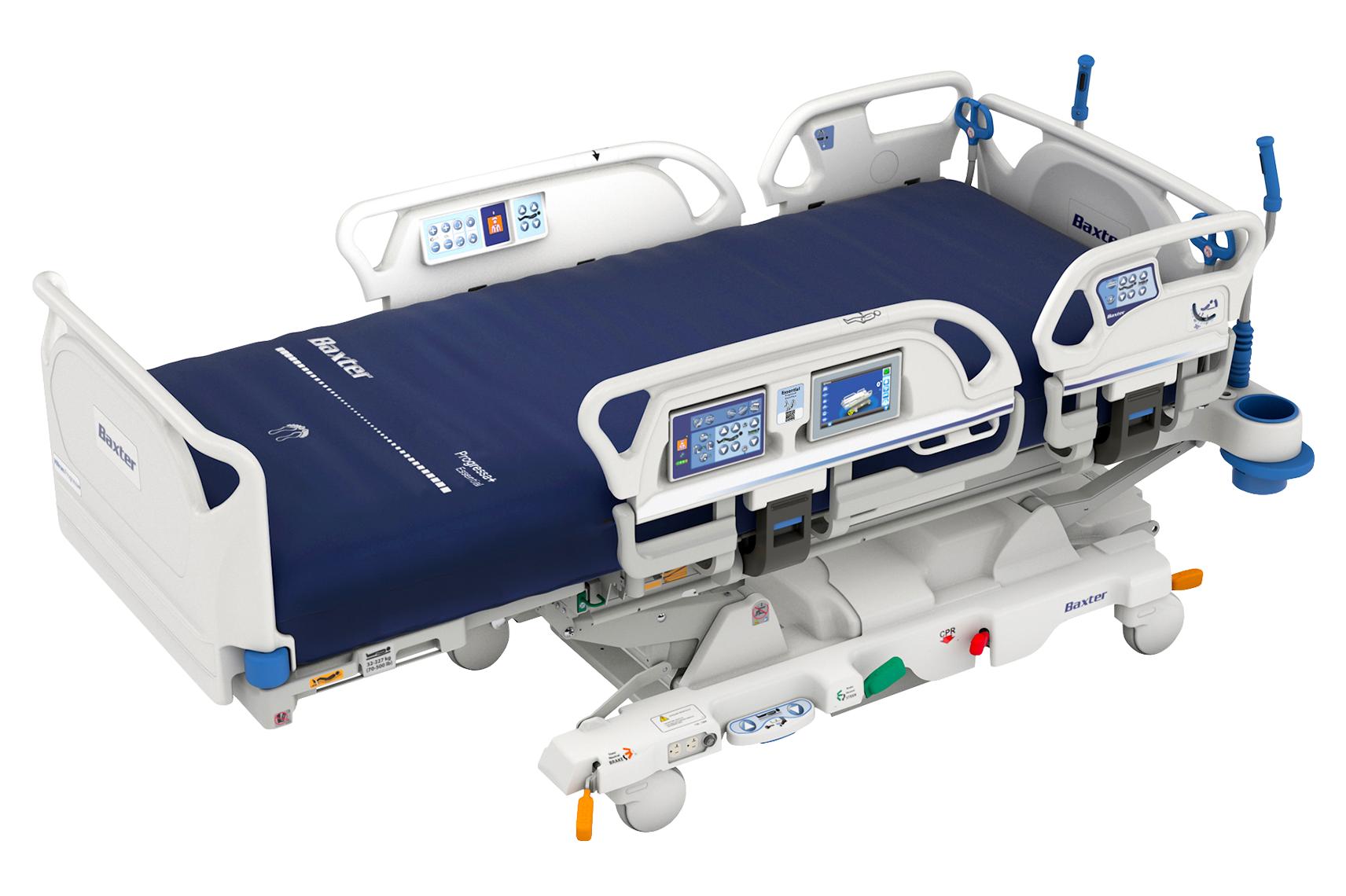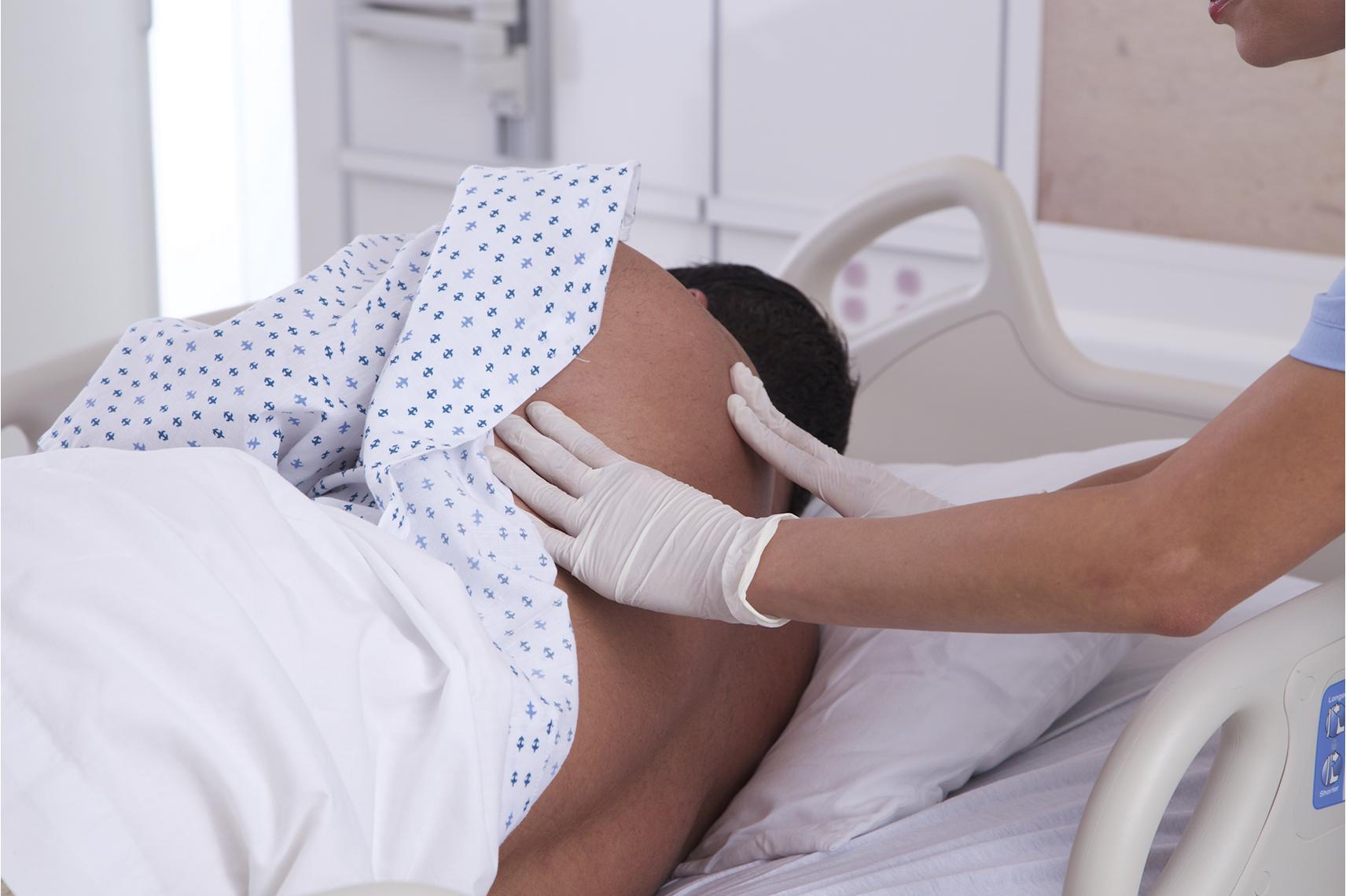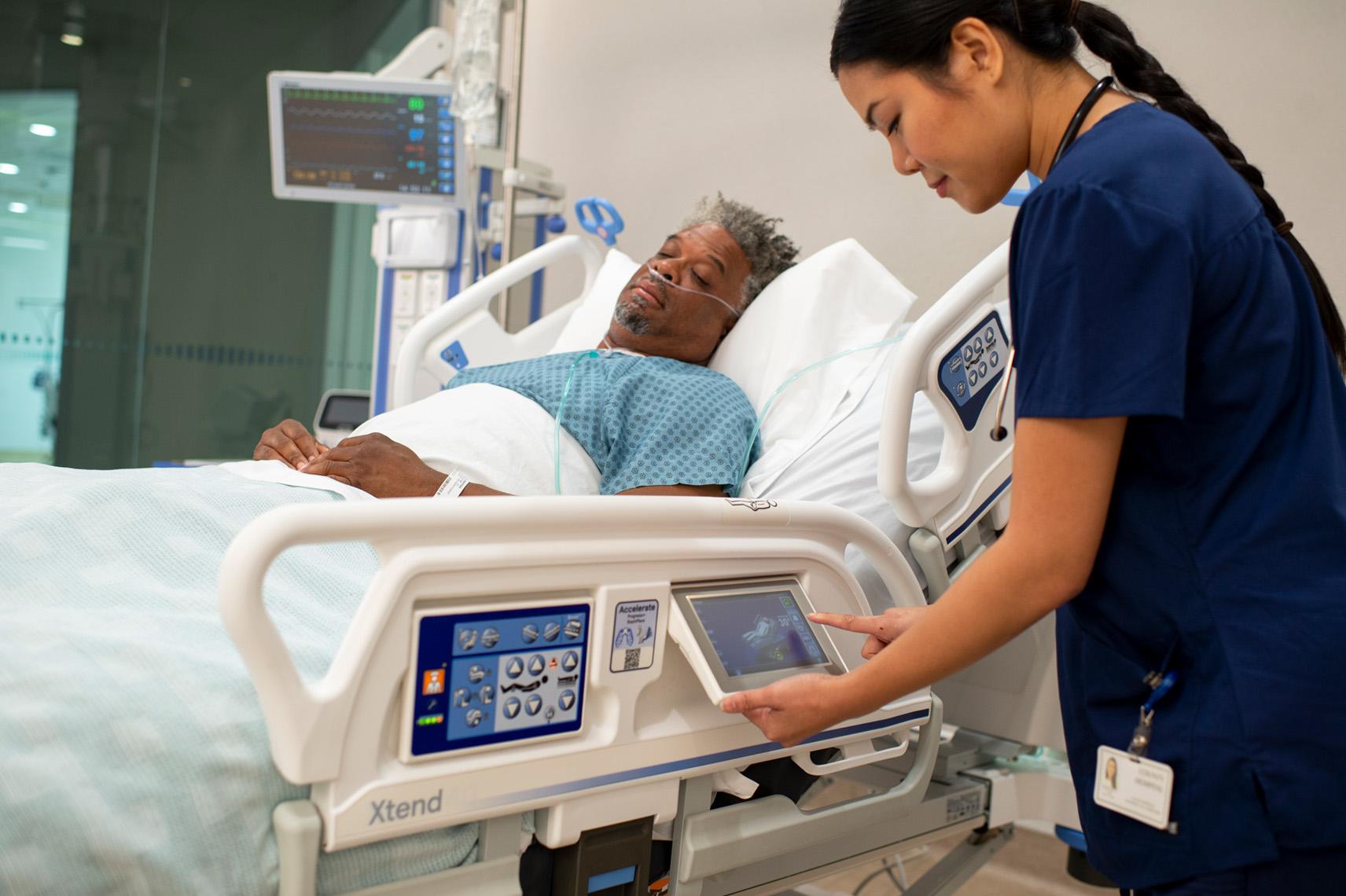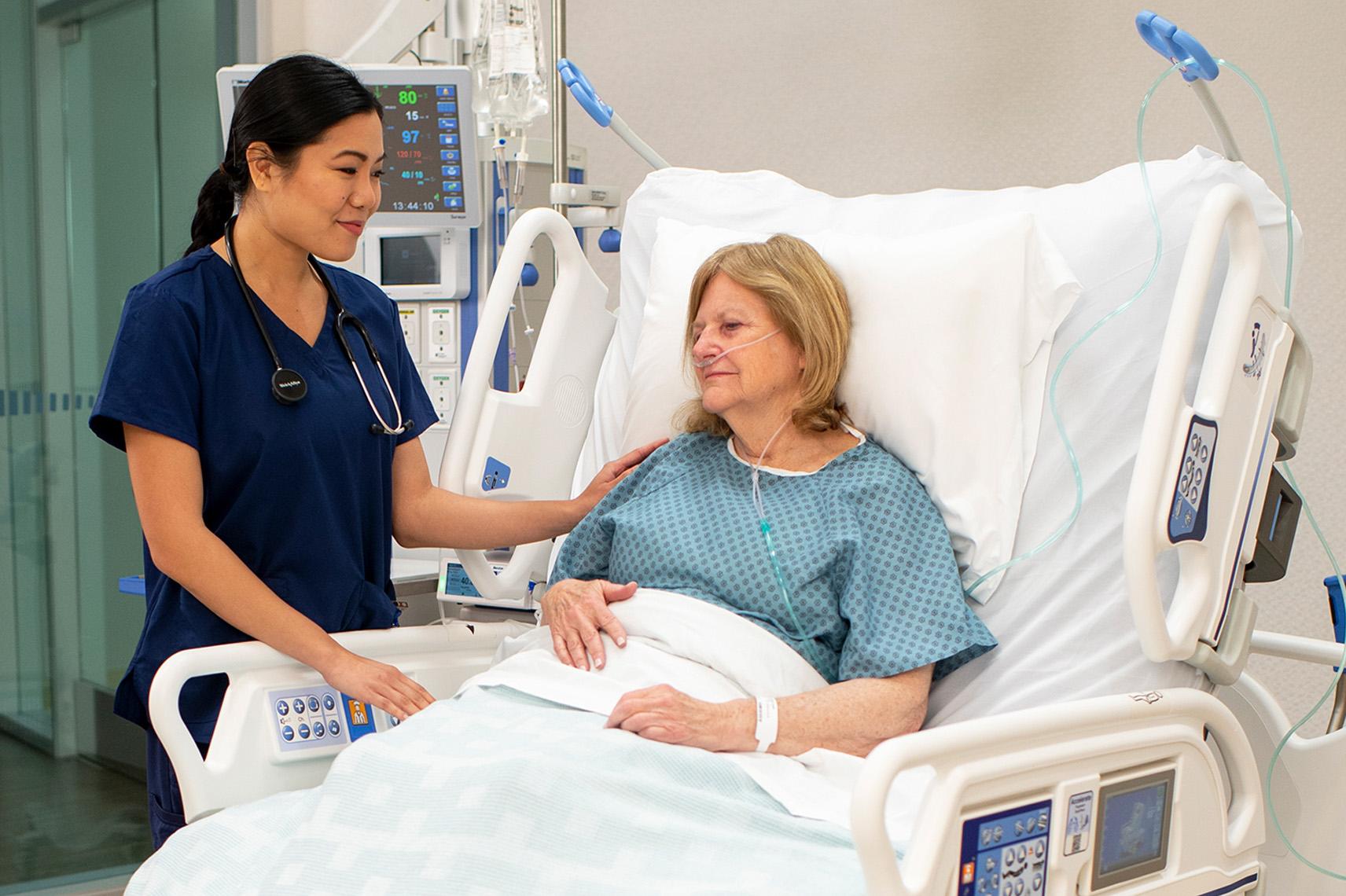Hospital Bed Mattresses That Do More (So You Can, Too)
The American Hospital Association recommends replacing mattresses for hospital beds at least every five years.1 Your patients rely on these surfaces for safety and support. What if your surfaces could help you deliver the right care for each patient? With our latest line of true ICU surfaces, you can choose just the right fit for your patients’ needs and your workflows — helping you do more with less.


Help Prevent Skin Breakdown
Help support your patients’ skin integrity and prevent hospital-acquired pressure injuries. Our surfaces are designed to help manage and prevent common risk factors for skin breakdown like moisture, heat, pressure, shear and friction.

Provide In-bed Pulmonary Therapies
Long periods of immobility are common in the ICU, making pulmonary complications top concerns.2 Our medical bed mattresses support pulmonary therapies and protocols to help combat these issues — without additional devices or more clinicians called to the bedside.

Reduce Burden on Clinicians
Help alleviate strain on your care teams. Our latest hospital mattresses feature easy-to-use support for surface positioning, patient turning and more.
You’ve Waited Long Enough
The time to upgrade the aging mattresses for your hospital beds is now — and the true ICU features you need are here. Complete this form to talk with your Baxter representative about how our latest surfaces can help you maximize the value of your Progressa Smart+ Beds for years to come.
- Martonicz, Tori Whitacre (2022). Hospital Mattress Failure Is a Potential Threat to Patient Safety. Infection Control Today, 26(3), 9.
- Krupp A, Ehlenbach W, King B. Factors nurses in the intensive care unit consider when making decisions about patient mobility. Am J Crit Care. 2015;24(800):474-479.

